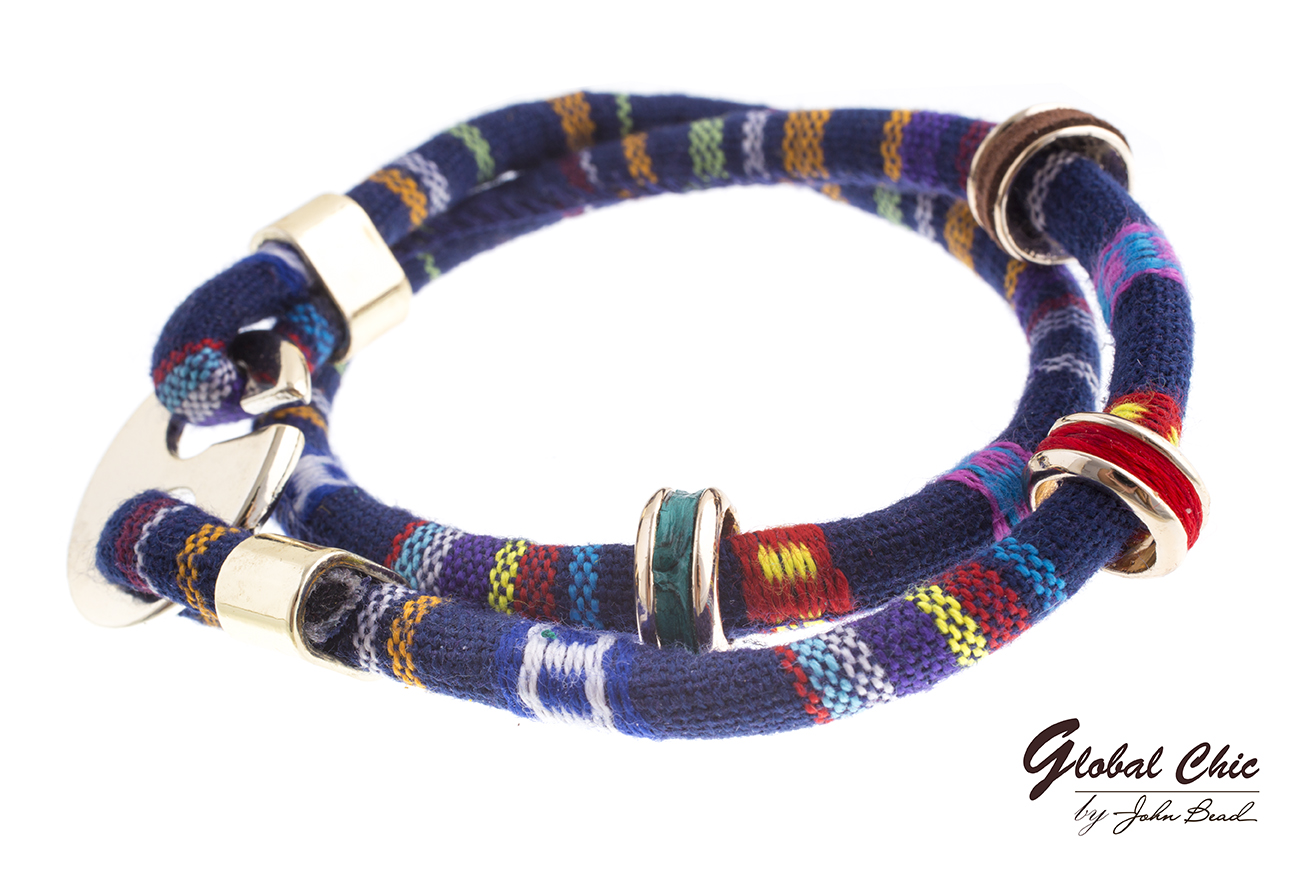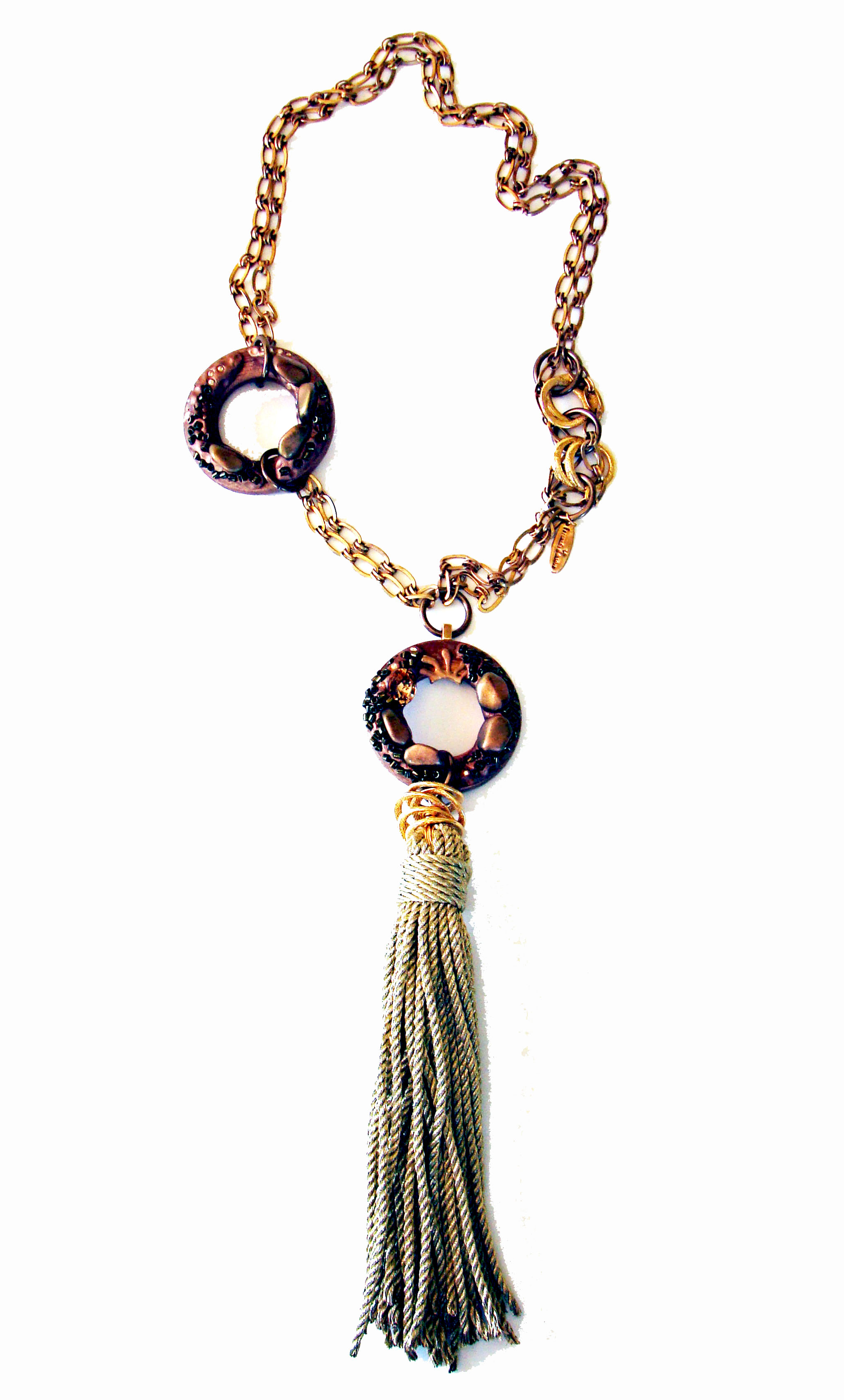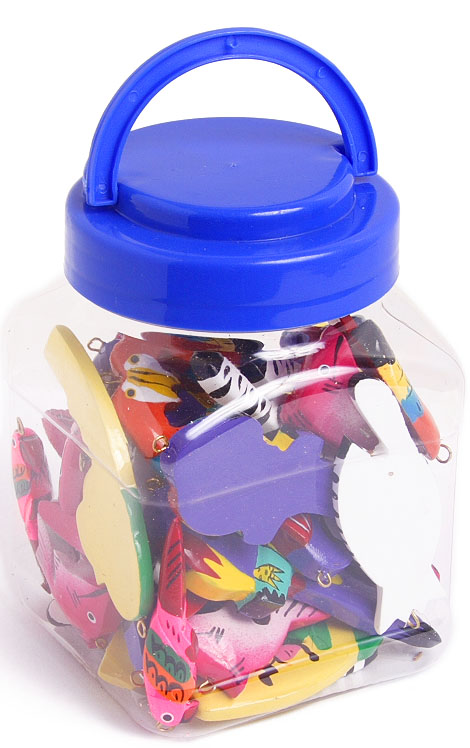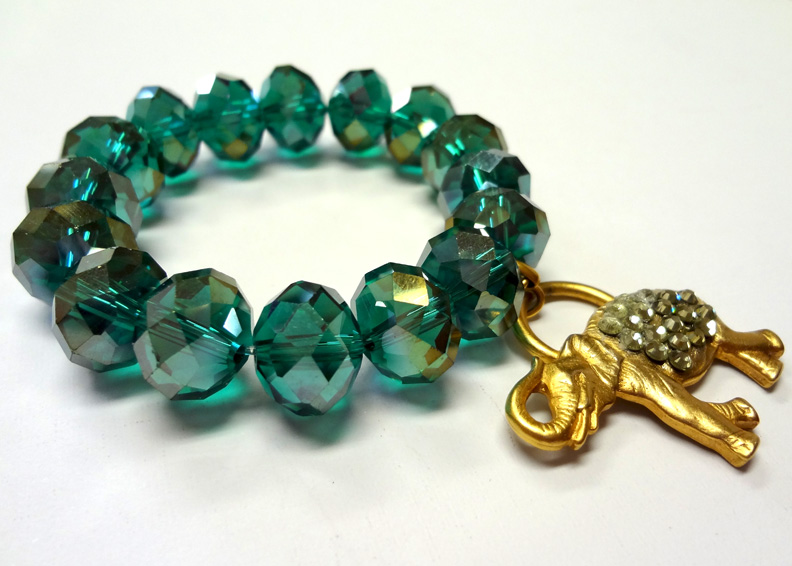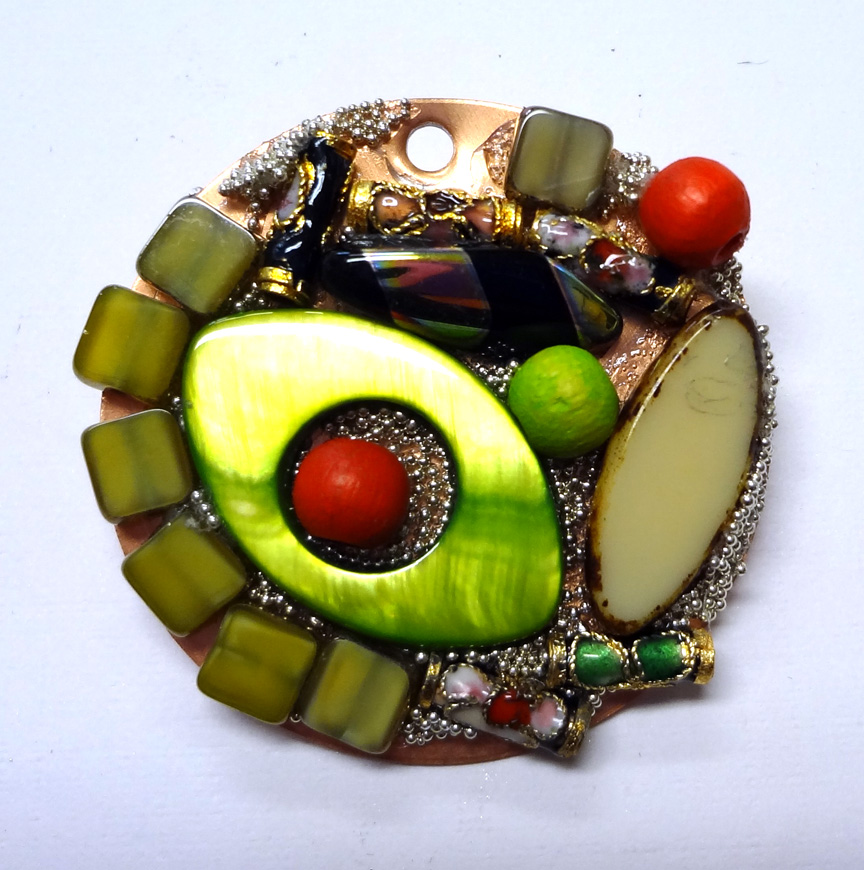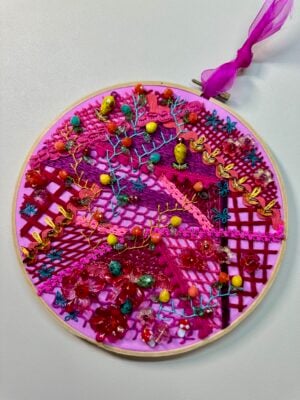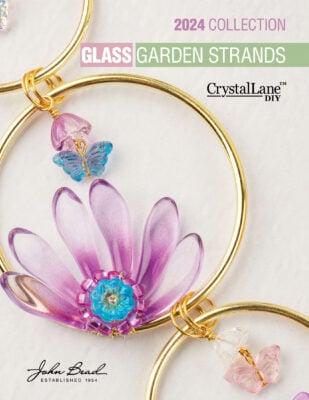We have a wonderful costume design idea for anyone...
Glues
This gorgeous new bracelet by Fernando DaSilva features a...
You are seeing unique crystal and clay channel beads...
Materials 2g Delica 8/0 rd gun metal 8 icy...
I have designed many kumihimo braids this year using...
I can never resist a Treasure Mix! I love...
This new cuff has only three components. One of...
I am always happy when I manage to turn...
This bracelet is the perfect showcase for the new...
I never would have imagined that I could create...
These two bracelets feature beautiful new findings for kumihimo...
